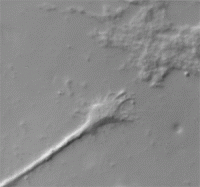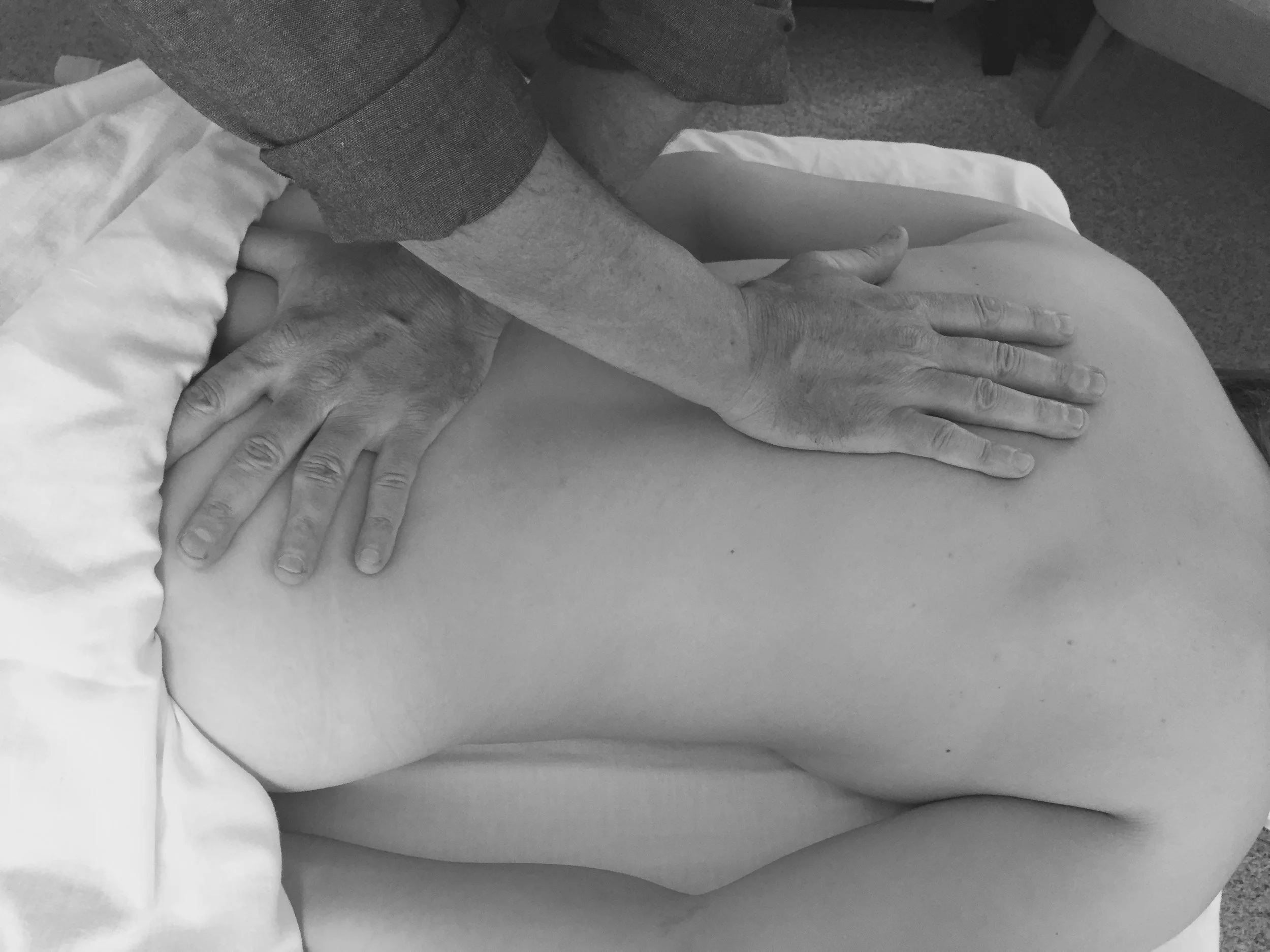Field NOtes Blog
Posts from Michael McMahon
Field Notes is the place where our clinical interests meet genuine curiosity about how bodies work, heal, and change.
The Vagal System in the Wild
We have had a bit of vagal system extravaganza at MMI lately. I have been inspired by some dissection stuff during my class with Gil Hedley to re-look at vagal system anatomy. Dissection is messy business, and while we saw the vagus in the wild, as Gil likes to say, it was difficult to get the impressions of it that I wanted.
Entering the Temple of the Jaw
When in doubt, check the jaw. In our mapping of the craniosacral system, I place utmost importance on treating the jaw. While not directly part of the CS system, the jaw may be the place where the most energy enters into the system. I want to share a case study as an example of how this can work in the clinic.
The Myodural Bridge
The myodural bridge is where myofascia of two of the sub occipital muscles, the rectus capitis posterior major and minor, have fascial connection with the dural tube–the membrane surrounding the spinal cord. This means that good myofascial work at the sub occipitals could also be considered fairly direct work on the craniosacral system.
Pace Makes Space: Small But Significant Changes to Our CST Curriculum
It’s been 5 years since we launched our new CST program and we figured it was time to take all that we’ve learned delivering it and make some changes.
We believe education isn’t just about transferring knowledge or skills, but a living laboratory for possibility. Because of that we are constantly learning from our time in the classroom. Just like we do in the clinic; we reflect on what we are doing and ask ourselves what have I learned from my time with this person and how can I use that to create better treatment with them? MMI does that with our curricula too. Nothing about learning is static.
Thoracolumbar Fascia, the Lati Dorsi and Low Back Pain
There is no one size fits all approach to assessing and treating lower back pain. Each person deserves to be treated with curiosity and as open of a mind as possible. Of course, there are key characters like the psoas and quadratus lumborum, there is tension distributed into the low back via shortened hamstrings, and treating the glutes (especially glute medius) is often gold.
What Inspires you?
Our job isn't easy. And the holidays can make everything more intense, highs and lows. This week I have already seen multiple folks in more acute states of struggle than usual. It can sometimes be a challenge to fully show up for our people and make sure we are tending to our own sweet selves. Don't worry, this wont be a treatise on self-care. Rather, I'm thinking about "inspo!" Sometimes inspiration just happens and that's rad but unpredictable and we might need it more frequently than that. I believe we can cultivate that feeling of inspiration in lots of ways.
Perspectives on Fascia in the Media
The New York Times and Medicine Acknowledge Fascia is Important (!)
I always brace myself before reading an article in a mainstream pub about something that our collective fields have been working with and exploring for a very long time and to good effect (see NYT article on the vagus nerve that emphasizes potentials for drugs and inserted gadgets rather than attuned health care and relationships). Such was the case with the recent NYT brief on “New” understandings about fascia.
A Guide to Working With Post Spinal Surgery Folks - Spinal Surgeries, Part 1
Let’s talk about working with folks after a spinal surgery. This is a follow up to the post about “dose” when it comes to bodywork. We will see that dose, not just in one session but over the arc of treatment is important in these cases. We want to have our eye on the long game for our people.
The Thoracolumbar Junction: The place you need to know, but maybe don’t…
One of the most important regions of the body when it comes to treating myofascial pain and some visceral issues is the thoracolumbar junction (TLJ). It is where the thoracic spine meets the lumbar spine - and a whole lot more.
Thoracolumbar Fascia as Storyteller
Each treatment modality serves as a lens through which to view a certain aspect of our being. Myofascial release allows us access to a depth and breadth of tissue. The myofascia encompasses a lot of our physical matter and energetic potential. It’s implicit here that, of course, each technique also has its limits. Most issues that bring any of us into treatment involve multiple systems and so as people working with the body it is nice to dive deep into multiple modalities – then integrate the understandings that emerge. As Gil Hedley, somanaut and connective anatomist par excellence, so elegantly stated at a talk in Portland, OR, we must always hold our models lightly.
I really believe that’s true – and we must work from some model or models – and be willing to adjust or abandon them as our curiosity and openness offers us opportunities for new insight.
What is Myofascial Release?
Working with the myofascia gives us a distinct and practical orientation within the tissue realm. The myofascia orients us to the specific manifestation of connective tissue as it serves the movement and stabilizing properties of the musculature.
Why focus on this specifically? One reason is that it is readily accessible and, because it is so involved with how we move through the world, it is highly communicative.
Orienteering via the Thoracolumbar Junction
I was thrilled to see this short article on the Thoracolombar Aponeurosis (or thoracolumbar fascia, TLF, as it's termed in the article). If you have studied with me you know how important I think this structure is! The TLF is primary to treating any issue that involves the low back or the pelvis.













